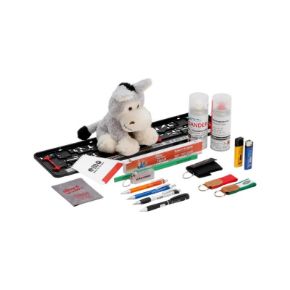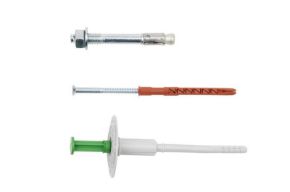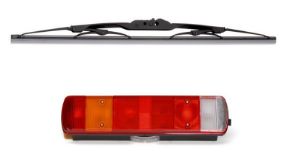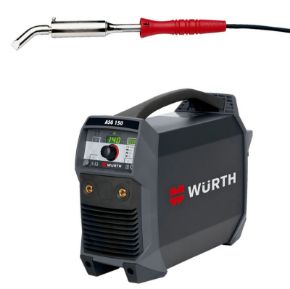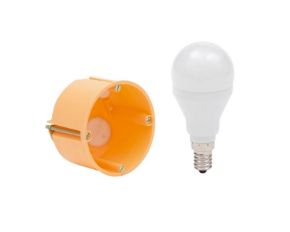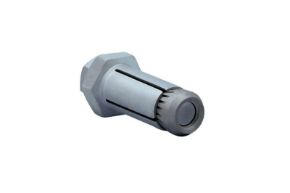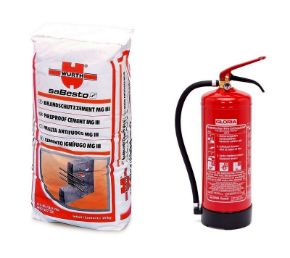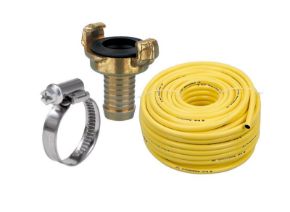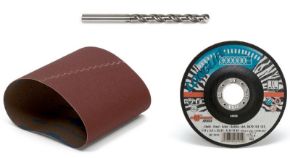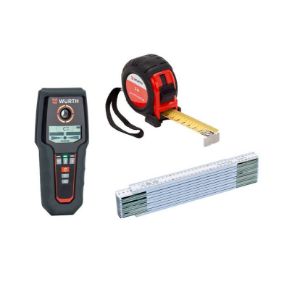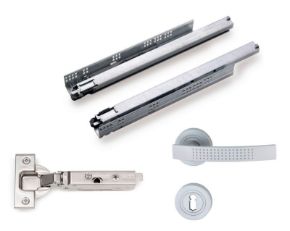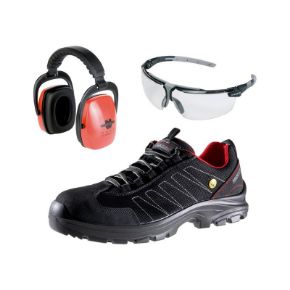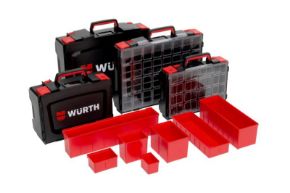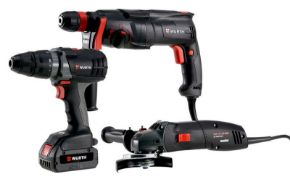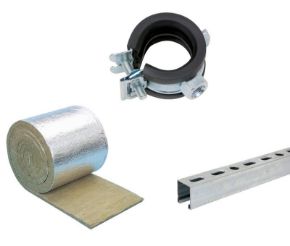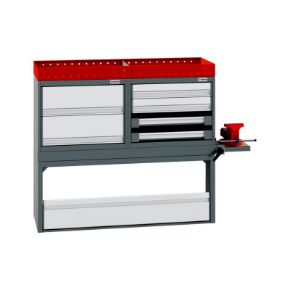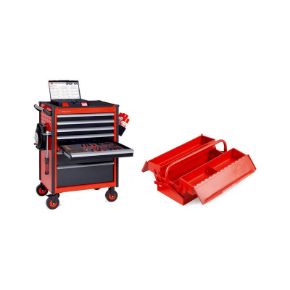Earplugs can be beneficial if you’re subjected to loud noises. The argument for earplugs is quite simple: Properly used, earplugs can limit your exposure to extreme volume levels and thereby shield your hearing. Maybe you’ve observed that your hearing sounds different when you leave a loud venue, say, a football game with a noisy crowd, and you could also experience symptoms of tinnitus. Those tiny hairs are bent by this sort of noise exposure and that’s the reason why this happens. It usually disappears within a day or two, because the hair cells have recovered.
But if you’re subjected to extreme decibels regularly, for instance, if you work on a construction crew or at an airfield, the aural assault on those tiny hair cells is unrelenting. In this instance, those hairs don’t get better, they are permanently injured. you have about 16,000 of those little cells in each cochlea, but up to 50% of them can be damaged or ruined before your hearing has changed enough for the problem to show up in a hearing assessment.
Selecting ear plugs for your workforce
Every person’s ear canal is individual to them, as must be their hearing protection. It is essential to get the right fit, the right protection, and ensure the user understands how to use and maintain their ear plugs.
Selecting ear plugs for the particular noise hazard
Consider the frequency, pitch and intensity of the noise hazard. In industries such as mining workers can be exposed to very low frequencies.
Selecting ear plugs for your industry
Music, construction and airport workers are exposed to different noise and therefore have very different requirements. Within food and drink factories ear plugs are bright so that they can be easily found if accidentally dropped. There are many ear plugs specially designed for musicians so that the full range of frequencies can be heard and there are specialist hearing protectors for use during firearms practice.
Selecting ear plugs based on your risk assessment
Your risk assessment should look at the task, the user, the environment, the exposure action values and limit values. The assessment should also identify what you need to do to comply with the law and identify any employees who need to be provided with health surveillance.
Making sure you meet requirements, standards, certification and legislation
As with any personal protective equipment that you procure, ear plugs should meet the requirements of international standards and relevant legislation. CE markings, EN, ISO and BS codes show which equipment meets standards for safety, design and performance. See the legislation and standards section of this guide to understand more about the exact standards and markings you should be looking for.
Also consider decibels, Single Noise Ratings and frequencies as detailed above.
How Can You Make Use of Earplugs Safely?
Whether it’s a restful night sleep or safeguarding your hearing, there’s still a formidable positive to wearing earplugs. You just have to be sure you’re using the correct kind and using them in the proper way. Foam earplugs are the least expensive, which is good because you really shouldn’t reuse them, the cushy, porous material is a germ’s paradise. Don’t put silicone or wax earplugs back in until they are totally dry after using warm water to completely clean them. It’s also a good idea to keep earplugs in a ventilated container to discourage moisture, or worse, mold or bacteria, from building up.

